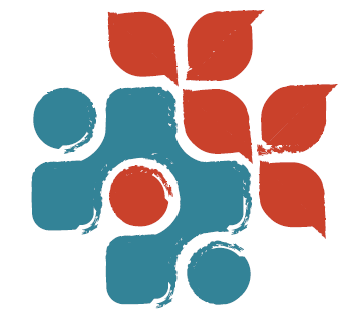Pilates for Runners by Pam Ferguson
During this pandemic as people look for any opportunity to get outside (especially in colder months) running is once again surging in popularity. But running is inherently a repetitive activity that causes constant impact with every step you take, so it’s important to guard against injury, whether it’s a new activity or a lifelong passion. Every time you run, you overuse some muscles and underuse others, this can cause muscular imbalances. Compound this with any imbalances or injuries you already have, you may find yourself with a variety of complications. Since the Pilates method is focused around improving core strength, balance, coordination, and posture, it’s an obvious go-to for runners who want to shave a few minutes off their personal best time, as well as those who want to stay healthy and injury free over the long haul.
In recent years, people across all swaths of athletic pursuit have been encouraged to cross train to improve in their chosen activity. A 2018 study published in Plos One showed that trained runners who took part in a 12-week course of Pilates (two one-hour sessions each week) significantly improved their 5K time, VO2 max and the metabolic cost of running. [Pilates training improves 5-km run performance by changing metabolic cost and muscle activity in trained runners]
Because core strength and stability are essential for good running technique, and also contribute tremendously towards injury prevention, Pilates seems like a natural fit for those runners looking to expand their training curriculum. Since a slight imbalance in the body can develop into a much bigger problem because running involves so much repetitive movement--compacted by distance and training--even a minor adjustment to your posture or increase in your core stability can make a huge impact.
Pilates training on the reformer, provides a particularly effective workout for runners because of the closed chain connection. Knee problems abound with runners, and the reformer can be beneficial in correcting hip, knee and ankle alignment, as well as improving the tracking of the knee all with only partial load. And although runners often develop strong quads, the stabilizing muscles like the gluteus medius can be weak. Being able to work in various orientations--supine, side lying, standing, quadruped--is also great for isolating specific muscles and issues. Because exercises like Feet in Straps or Thigh Stretch are excellent for both stretching and strengthening, runners can activate muscles and build core strength while also releasing tight hips and hamstrings.
Not everyone--especially these days--has access to Pilates equipment, but the mat repertoire provides many options for both rehabilitative exercise and strength training. And it can be done anywhere, with minimal props. A pre-run warm-up or a post-run stretch can include a few standard Pilates exercises--like Hip Rolls, Swan Dive, Side Kick, or Saw, to name a few--while a well-rounded mat workout is a terrific way to complement your program on a rest day and maintain flexibility while increasing strength.
